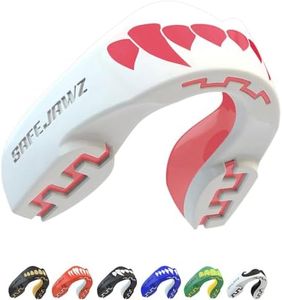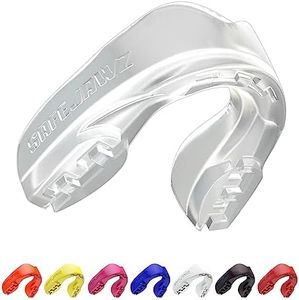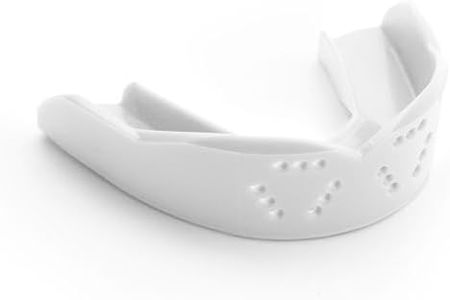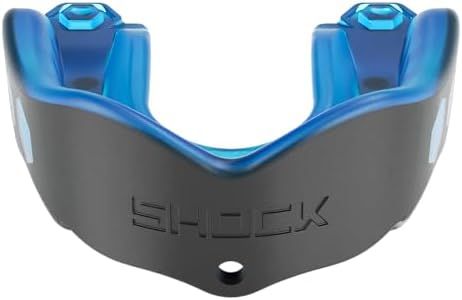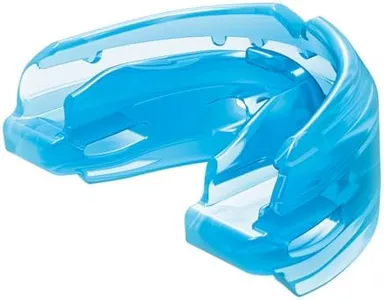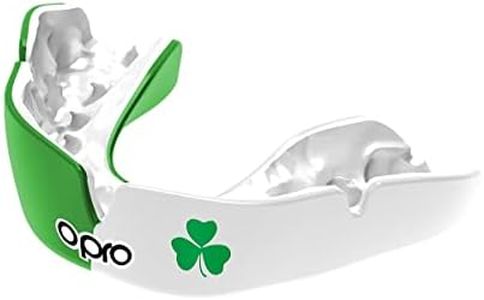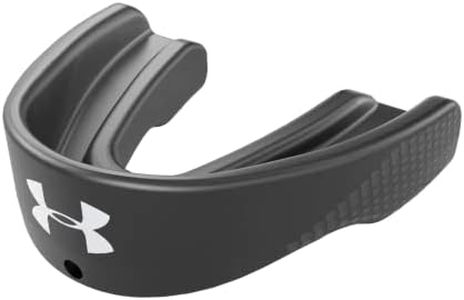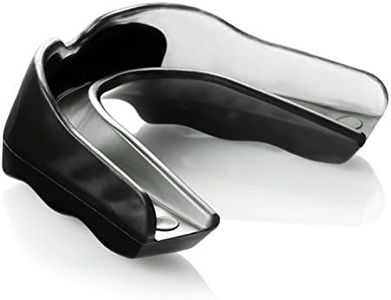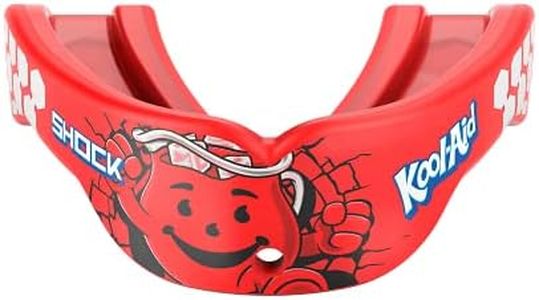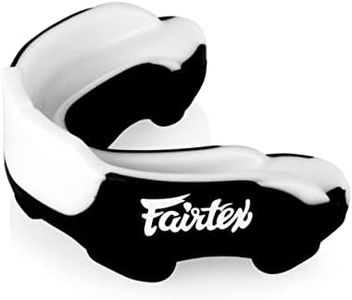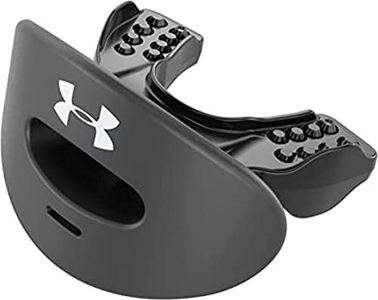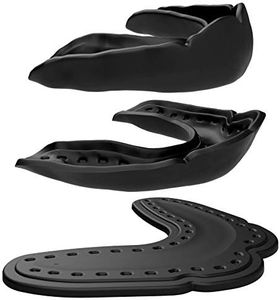We Use CookiesWe use cookies to enhance the security, performance,
functionality and for analytical and promotional activities. By continuing to browse this site you
are agreeing to our privacy policy
10 Best Boxing Mouthguards
From leading brands and best sellers available on the web.Buying Guide for the Best Boxing Mouthguards
Choosing the right boxing mouthguard is essential for both safety and comfort during training or competition. A mouthguard protects your teeth, gums, and jaw from impacts, reducing the risk of injuries. Since there are several types and features, understanding what matters most will help you select a mouthguard that fits well, feels comfortable, and offers sufficient protection for your activity level. Focus on the fit, type, protection level, and ease of use to find your ideal match.TypeThe type of mouthguard refers to how it’s made and fitted to your mouth. Common types are stock, boil-and-bite, and custom-fitted. Stock mouthguards come pre-formed and are ready to wear straight from the package, but they may not fit very well. Boil-and-bite mouthguards are softened in hot water and then shaped around your teeth, offering a better fit than stock ones. Custom-fitted mouthguards are made by dental professionals using a mold of your mouth, and they offer the best fit and protection. If you box occasionally, a boil-and-bite might be enough, but for regular or competitive boxing, a custom-fitted one is usually recommended.
Fit and ComfortFit and comfort are about how well the mouthguard stays in place and feels in your mouth. A good mouthguard shouldn’t feel loose or bulky, and you should be able to breathe and speak with it on. Mouthguards that fit snugly to your teeth are safer and more effective. Stock guards tend to be less comfortable and may interfere with breathing, while boil-and-bite and custom mouthguards typically offer better fit. If you train often or for long sessions, prioritize comfort and fit so you’ll actually want to wear your mouthguard.
Protection LevelProtection level refers to how much shock absorption and coverage the mouthguard provides. Thicker mouthguards generally offer more protection, but can feel bulkier. Some designs target extra coverage in certain areas, like the molars or front teeth. Light training or non-contact sessions may need less protection, but sparring or competition demands a high level of shock absorption to reduce the risk of dental injury or concussion. Match the protection level to the intensity of your boxing activity.
BreathabilityBreathability describes how easily you can breathe with the mouthguard in place. Some mouthguards have air channels or slim designs to help with airflow. This is important because you need to breathe comfortably, especially during hard training or matches. If you find yourself gasping or feeling uncomfortable with a mouthguard, look for options with added air vents or lower profile designs.
Durability and Material QualityDurability and material quality tell you how long the mouthguard will last and whether it’s made from safe, non-toxic materials. High-quality, medical-grade silicone or thermoplastic materials resist tearing and warping, so they last through repeated use and cleaning. If you train regularly, a more durable mouthguard is worth considering, while occasional users might not need the toughest model. Always check that the mouthguard is free from harmful chemicals like BPA.
Cleaning and MaintenanceCleaning and maintenance refer to how easy it is to keep your mouthguard hygienic and in good condition. Some mouthguards are easier to clean because they are less porous or come with antimicrobial features. Look for a mouthguard that can be easily rinsed and stored safely to prevent bacterial growth. If you prefer convenience, choose one that doesn't require extra cleaning steps or special solutions.
